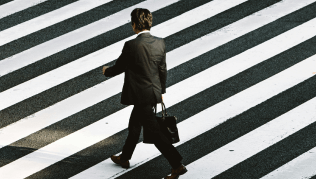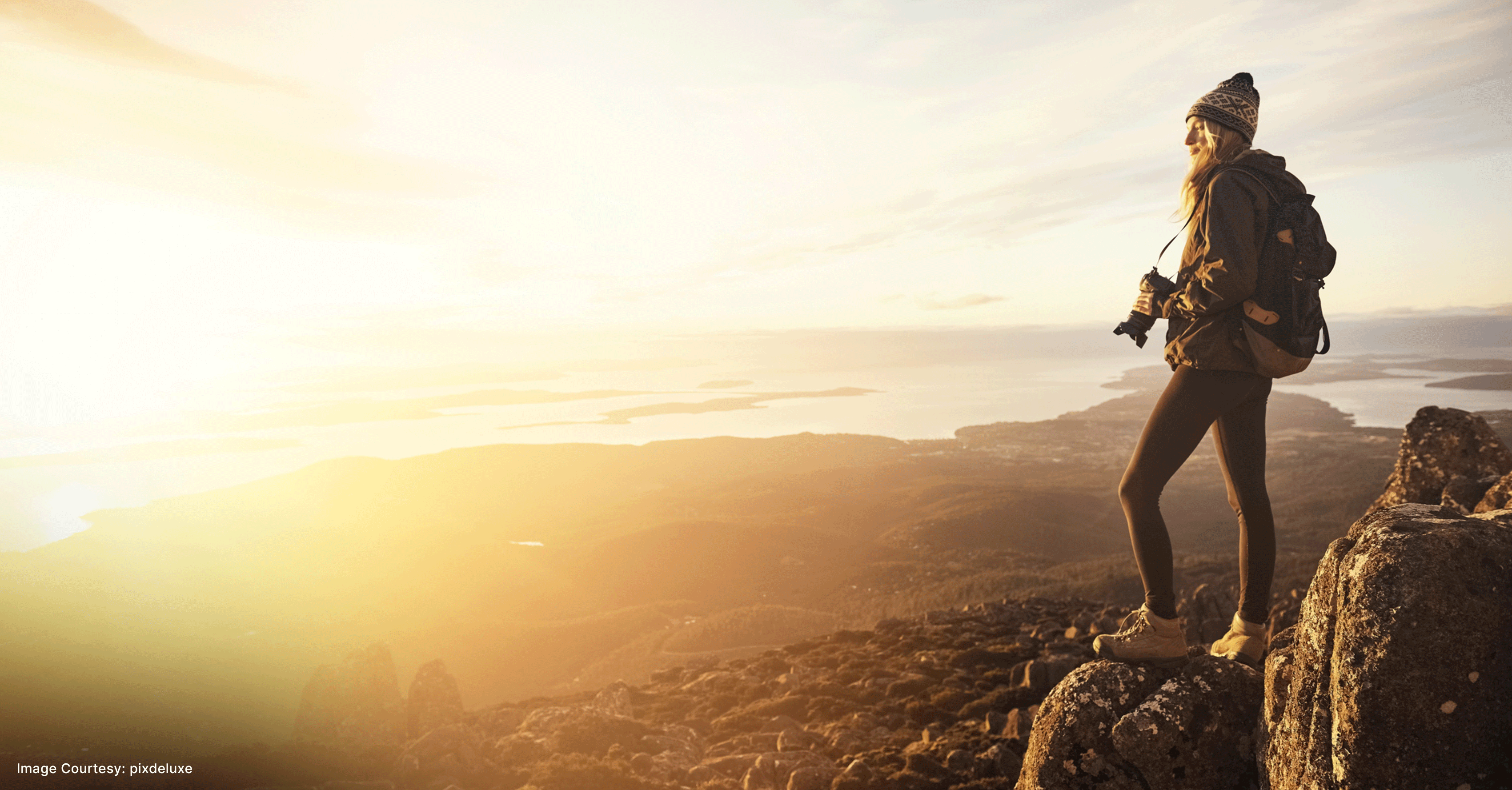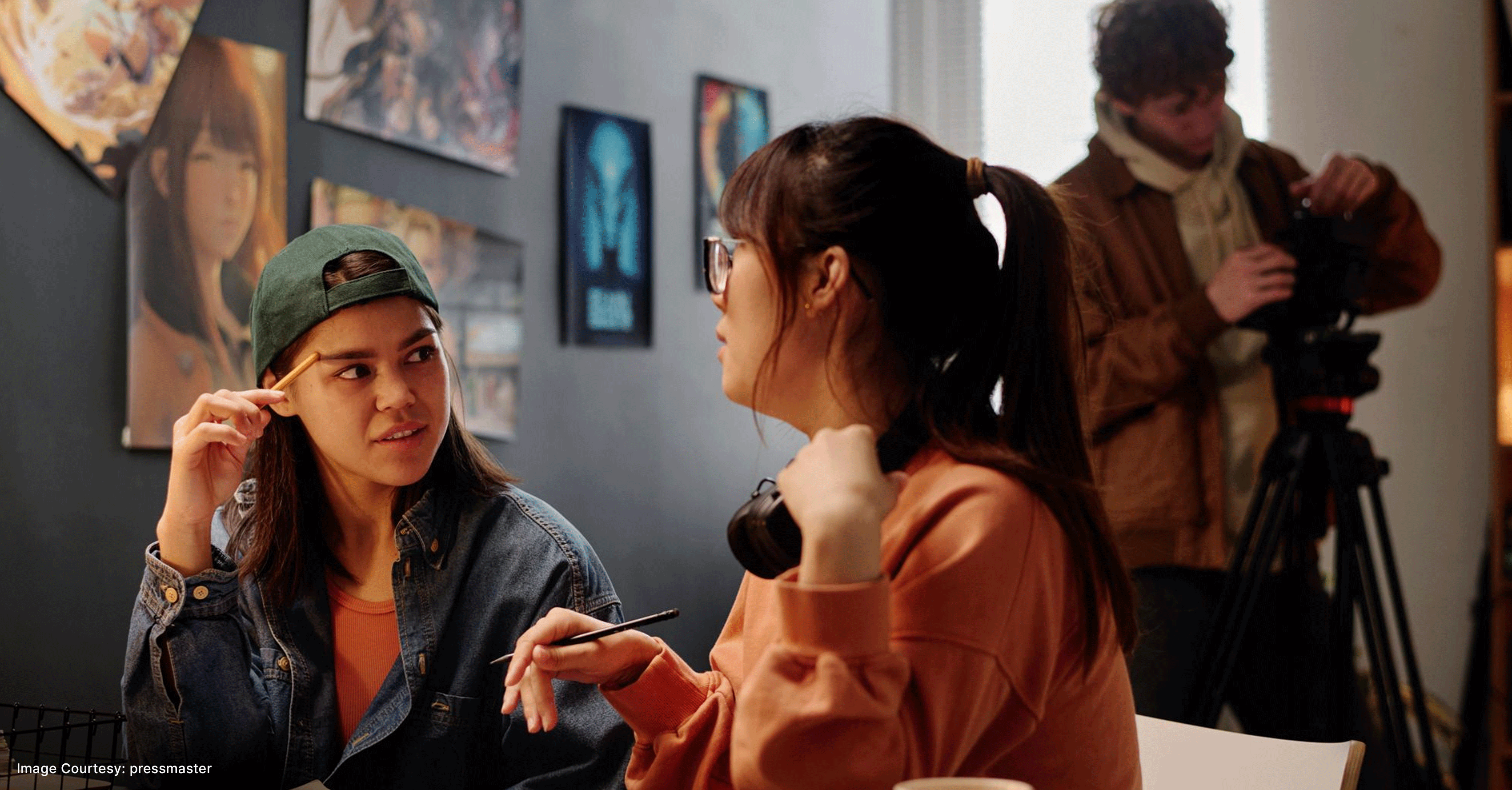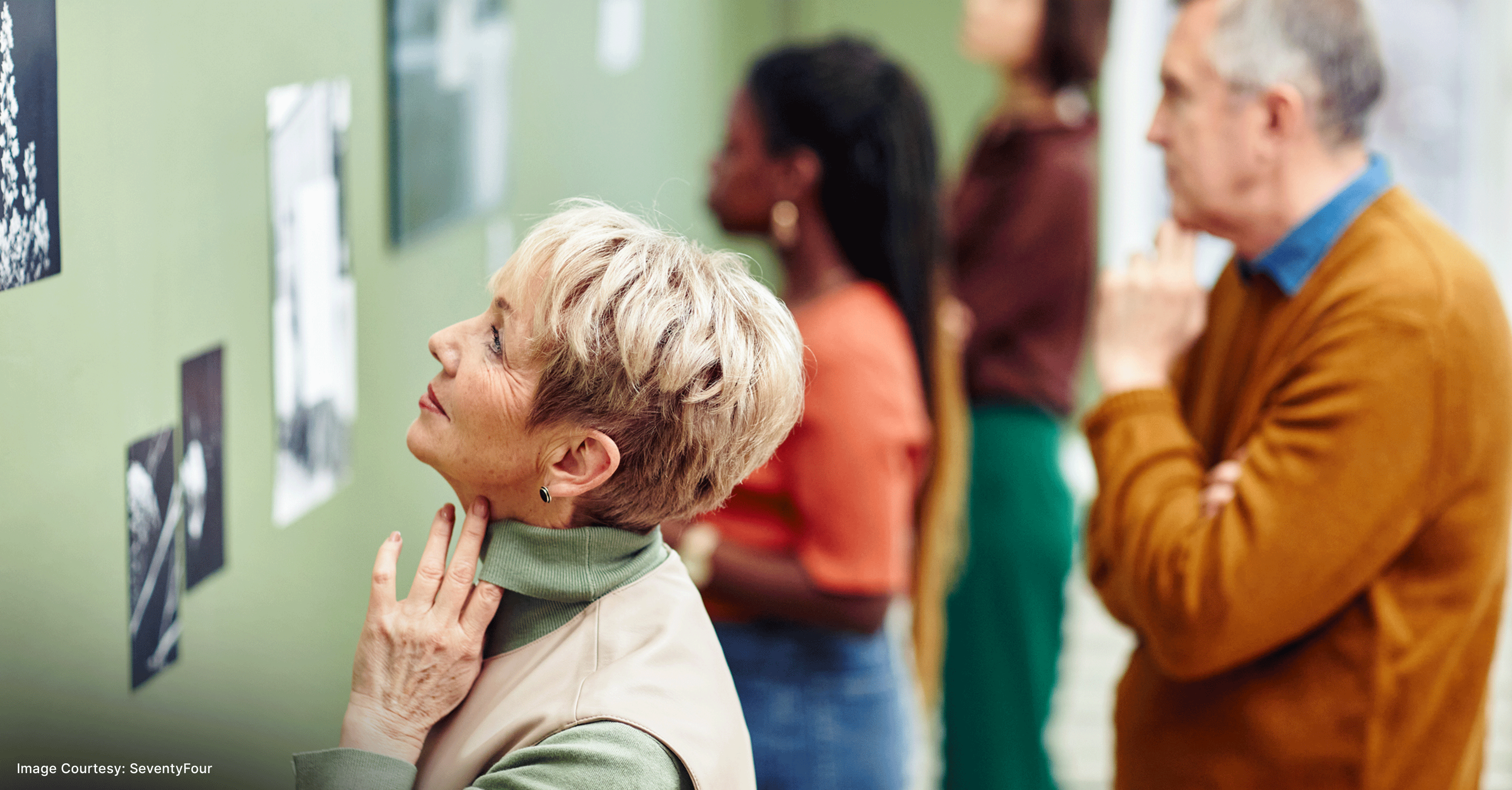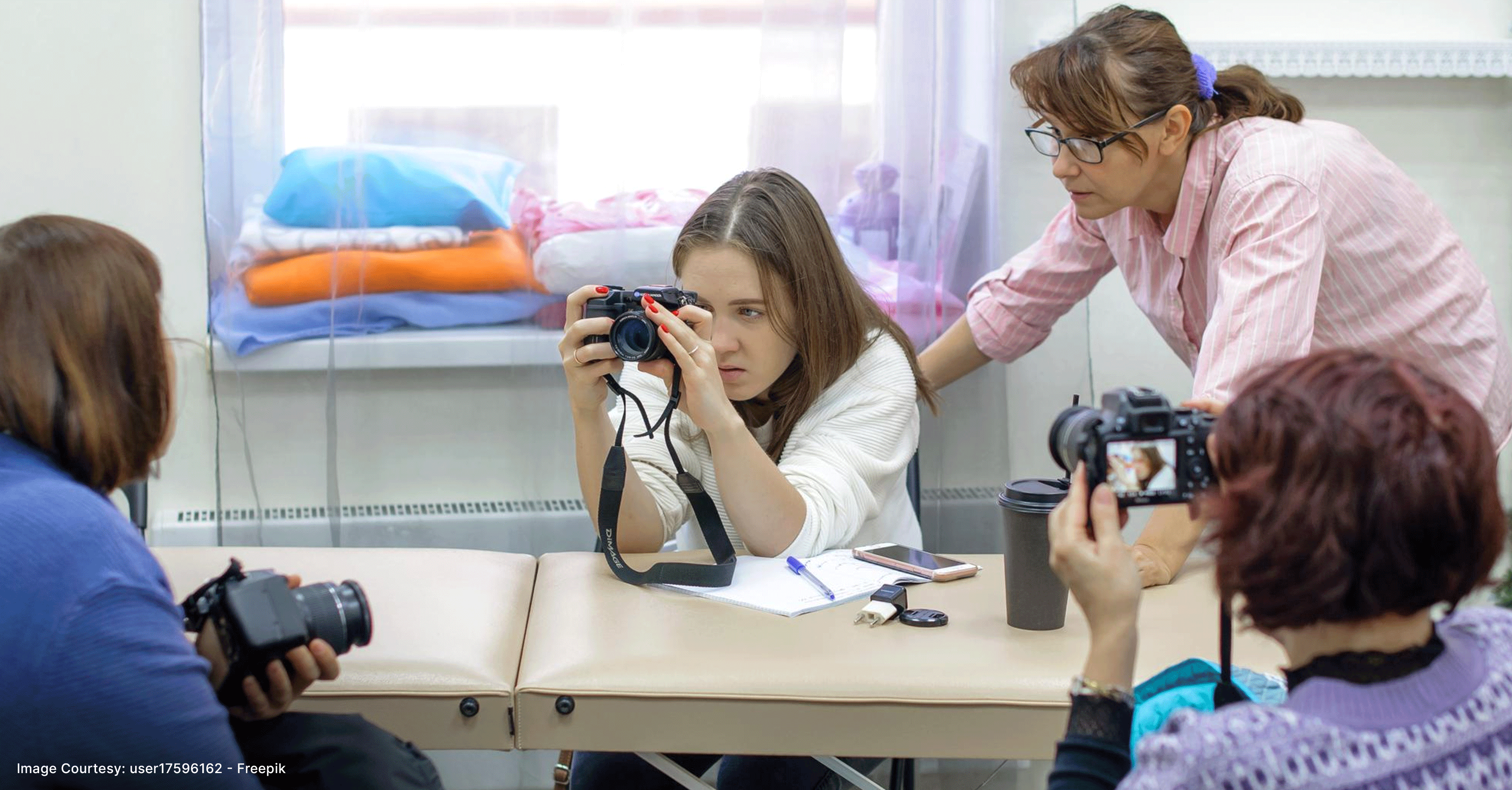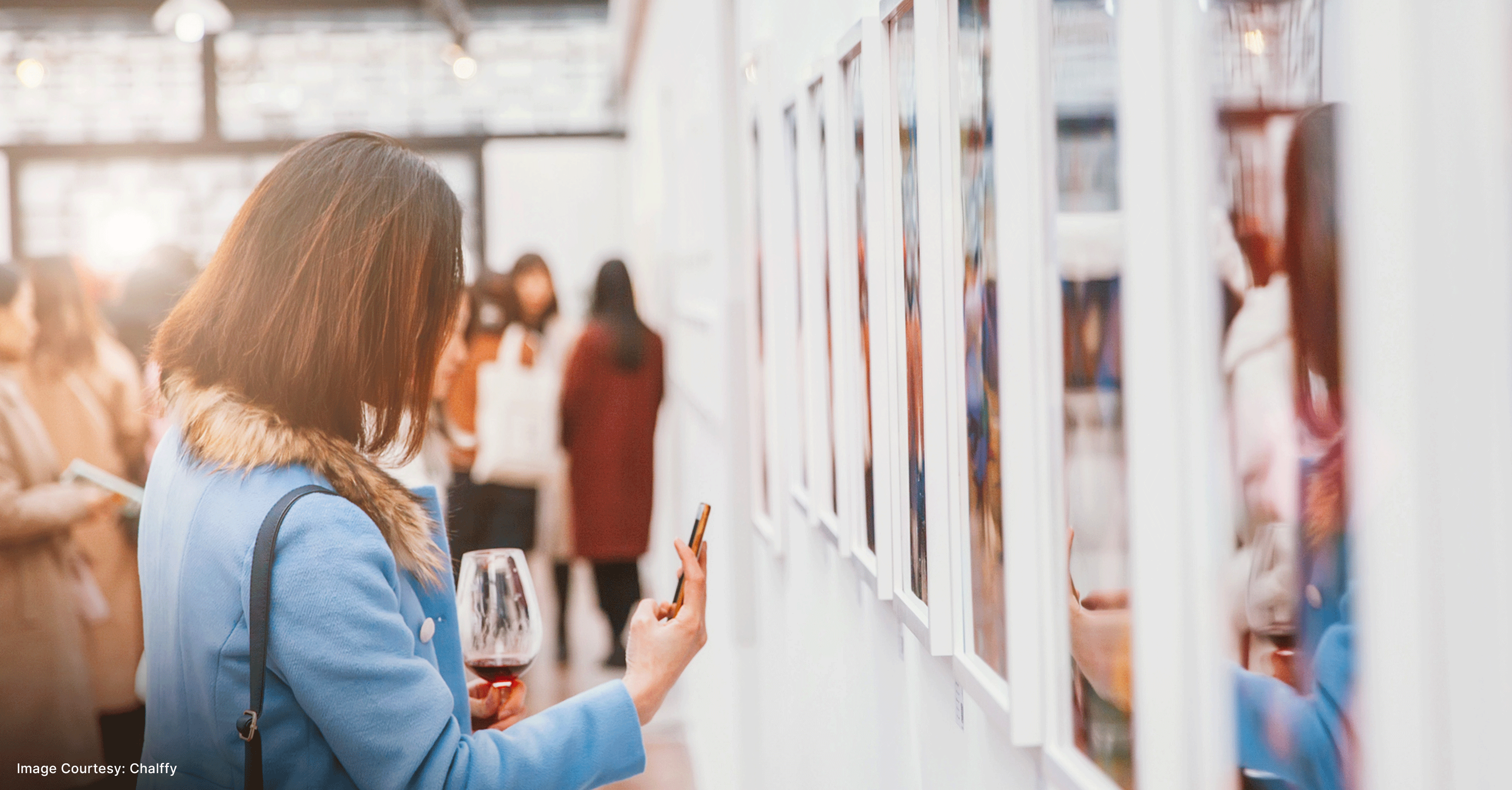Photography, as both an art form and a profession, often demands significant time, effort, and financial resources. For emerging and established photographers alike, finding the financial support necessary to develop ambitious projects or delve deeply into artistic endeavors can be challenging. This is where photography grants come into play. Grants provide photographers with the means to pursue projects that might otherwise be out of reach, offering not just financial assistance but also recognition and visibility.
In this article, we will explore the profound impact photography grants can have on both career growth and artistic development. We will also look at how these grants allow photographers to focus on their craft and elevate their work to new heights.
Why Photography Grants Matter
Photography grants are essential tools for artists seeking to push boundaries or take on challenging, long-term projects. They offer financial resources, mentorship, and platforms for showcasing work, all of which contribute to career advancement and the expansion of artistic expression.
1. Financial Support
At the most basic level, photography grants provide financial assistance to cover the costs associated with equipment, travel, studio time, post-production, printing, and exhibition. This financial freedom enables photographers to focus on their work without worrying about the logistical burdens that can often stifle creativity.
For example, documentary photographers working in remote or conflict-ridden areas may need grants to cover travel expenses and stay on location for extended periods. Without financial backing, it can be difficult to pursue projects that require significant investment. Similarly, fine art photographers may need to fund expensive printing processes or materials for exhibitions.
2. Increased Visibility and Recognition
Many photography grants come with added benefits beyond financial support, including exhibitions, publications, and media exposure. Winning a prestigious grant can serve as a launching pad, offering photographers a platform to showcase their work to a wider audience. This increased visibility can lead to opportunities for gallery representation, collaborations, and further funding.
For example, the World Press Photo Contest provides winners with global exposure through exhibitions and publications, putting their work in front of millions of viewers. Such recognition can elevate a photographer’s profile within the industry and open doors to future opportunities.
3. Validation and Credibility
Securing a grant often serves as a form of validation for photographers, especially those early in their careers. Being recognized by a respected organization or foundation not only boosts confidence but also adds credibility to the artist’s portfolio. For emerging photographers, this recognition can be crucial in building a sustainable career.
Additionally, receiving a grant can provide credibility in future grant applications, as many organizations view previous grant recipients as credible and reliable candidates. This cumulative effect can make it easier to secure funding for future projects, creating a positive feedback loop for career growth.
How Photography Grants Foster Artistic Development
Photography grants not only support career advancement but also have a significant impact on the creative and artistic growth of photographers. Here are some key ways in which grants contribute to artistic development:
1. Encouraging Creative Exploration
Grants provide photographers with the time and space to explore new ideas, experiment with techniques, and take creative risks. Many grants are designed specifically to support experimental or unconventional projects that might not fit within the confines of commercial work. This freedom allows photographers to push the boundaries of their craft, trying new approaches without the pressure to conform to client expectations or market demands.
For instance, the Burn Magazine Emerging Photographer Fund is known for supporting projects that challenge traditional visual storytelling methods. Photographers who receive this grant are encouraged to take creative risks and develop work that is innovative and thought-provoking.
2. Focus on Long-Term Projects
Many photography projects, particularly those with documentary or social justice themes, require extended periods of research, travel, and production. Grants enable photographers to dedicate the necessary time to these long-term projects without worrying about financial constraints. This focused attention can lead to deeper, more meaningful work that might not be possible in a shorter time frame.
For example, the Getty Images Reportage Grant supports long-term documentary projects on underreported issues. By providing funding for photographers to spend months or even years on a single project, these grants result in work that is thorough, impactful, and socially relevant.
3. Access to Mentorship and Resources
In addition to financial support, many photography grants come with access to mentorship programs, workshops, and professional resources. These opportunities allow photographers to learn from experienced professionals, refine their technical skills, and gain insight into the creative process. Mentorship can be especially valuable for emerging photographers who are still developing their style and voice.
Programs like the Magnum Foundation Photography and Social Justice Fellowship offer both funding and mentorship, helping photographers not only complete their projects but also grow as artists. This combination of financial support and professional guidance helps foster artistic development in a holistic way.
How Financial Support Through Grants Allows Photographers to Focus on Their Craft
Securing financial support through photography grants has a profound impact on an artist’s ability to focus on their craft. Here’s how:
1. Reduced Financial Stress
One of the most significant challenges for photographers, especially those in the early stages of their careers, is balancing the need for financial stability with the desire to pursue creative projects. Photography grants alleviate the financial pressures that often limit an artist’s ability to fully dedicate themselves to their work. By covering the costs of equipment, travel, and production, grants allow photographers to focus on the creative aspects of their projects without constant financial stress.
For example, photographers documenting conflict zones or environmental crises may face significant costs related to travel, equipment, and safety precautions. Without financial support, these projects might be impossible to pursue. Grants like the Inge Morath Award and the Alexia Foundation Grant provide the necessary funds for photographers to immerse themselves in these vital projects without worrying about how they will cover expenses.
2. Time for Reflection and Creativity
Financial support from grants also gives photographers the gift of time. Instead of juggling multiple jobs or commercial assignments to pay the bills, photographers with grant funding can devote themselves fully to their artistic vision. This time for reflection and creative exploration is crucial for developing meaningful and impactful work.
Grants such as the Sony World Photography Awards Student Competition offer young photographers the chance to focus on their creative projects while gaining exposure to industry professionals. The financial backing from these grants allows emerging photographers to develop their skills and style without distraction.
3. Freedom to Take Creative Risks
Commercial work often comes with strict guidelines, leaving little room for creative freedom. However, grants are typically awarded based on the merit of an artist’s vision and the originality of their project proposal. This gives photographers the freedom to experiment with new techniques, explore different subject matter, and take risks that they might not otherwise be able to afford.
The Leica Oskar Barnack Award, for example, recognizes photographers who use their work to document the relationship between humans and their environment in creative and impactful ways. By providing financial support, this grant enables photographers to pursue projects that push the boundaries of visual storytelling.
Case Study: The Power of Grants in Career Growth
To illustrate the impact of photography grants on career growth, consider the example of photographer LaToya Ruby Frazier, a past recipient of the Guggenheim Fellowship. Frazier’s work, which focuses on social justice and the documentation of marginalized communities, gained international attention through her Guggenheim-supported project The Notion of Family. The financial support from the grant allowed her to dedicate herself to a long-term project that might have otherwise been financially impossible.
Since receiving the fellowship, Frazier has exhibited her work at major galleries worldwide and received critical acclaim. Her success illustrates how grants can not only support the completion of a significant project but also elevate an artist’s career to new heights.
Conclusion
Photography grants are more than just financial lifelines—they are transformative tools that allow photographers to grow both creatively and professionally. By providing the resources necessary to focus on long-term, meaningful projects, grants give photographers the time, space, and freedom to explore new ideas, push boundaries, and take their careers to new heights.
Whether through funding from programs like the Magnum Foundation Photography and Social Justice Fellowship or the Getty Images Reportage Grant, these grants support photographers in ways that foster artistic development and professional growth. For emerging and established photographers alike, grants are critical to realizing their full potential and making a lasting impact in the world of photography.
